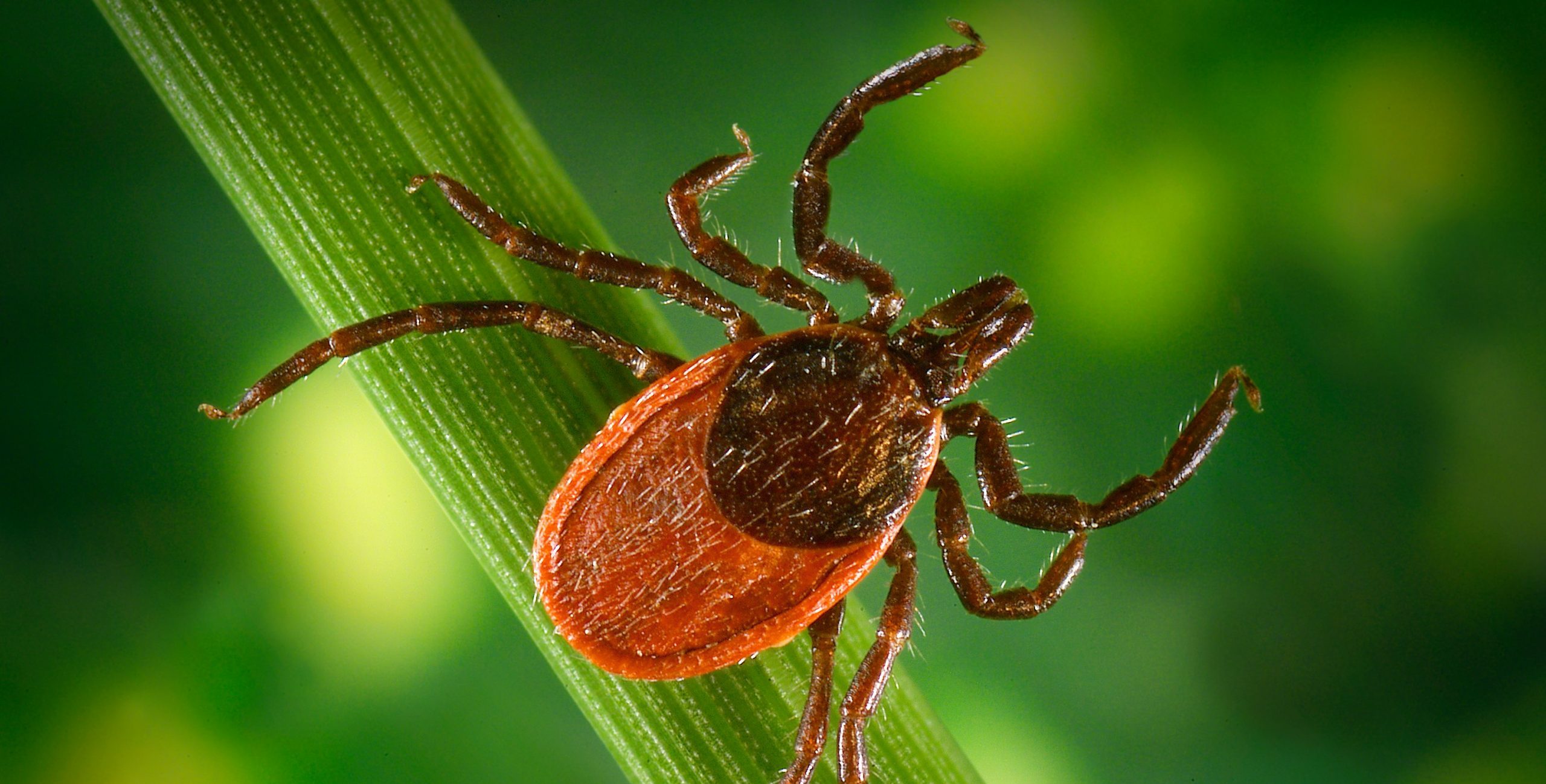Richards SL, Driver J, Dyer MC, Mather TN, Funkhouser S, Mitchell C, Balanay J, White A, and Meshnick S (2021). Assessing Durability and Safety of Permethrin Impregnated Uniforms Used by Outdoor Workers to Prevent Tick Bites after One Year of Use. Journal of Medical Entomology (epub ahead of print). doi:10.1093/jme/tjab216
Long lasting permethrin-impregnated (LLPI) clothing can retain permethrin and repel ticks for up to three months and without exceeding EPA-approved safe levels in human blood. However, little is known about longer term effects of wearing LLPI clothing. Here, permethrin content was measured in new forester pants soon after initial impregnation (Insect Shield®) and again one year later after being repeatedly worn by foresters in the field. Urine samples were collected from foresters for biomonitoring of permethrin metabolites at multiple time intervals (pre-use, one month, three to four months and one-year post-use). Lethality against ticks was measured in clothing after one year of wear by foresters. Furthermore, to test potential variability in permethrin impregnation of different batches of clothing, separate sets of clothing were anonymously sent to Insect Shield® for permethrin treatment over a period of three months and permethrin was quantified by investigators. Results showed that, after one year of wear, 33% of participants’ pants had no measurable permethrin and permethrin content and tick mortality varied significantly (P < 0.05) between participants’ clothing. Only two of the participants’ clothing resulted in > 60% tick mortality after one year of wear. Significant differences (P < 0.05) were observed in 3-PBA and trans-DCCA, but not cis-DCCA metabolites in participants over the four measured time points and were higher than general United States population levels. This study provides practical information on the safety (measured by urinary metabolites) over time of LLPI clothing. It also provides snapshots (pre-washing and after one year of wear) of effectiveness of LLPI clothing as personal protective equipment against ticks for outdoor workers.



